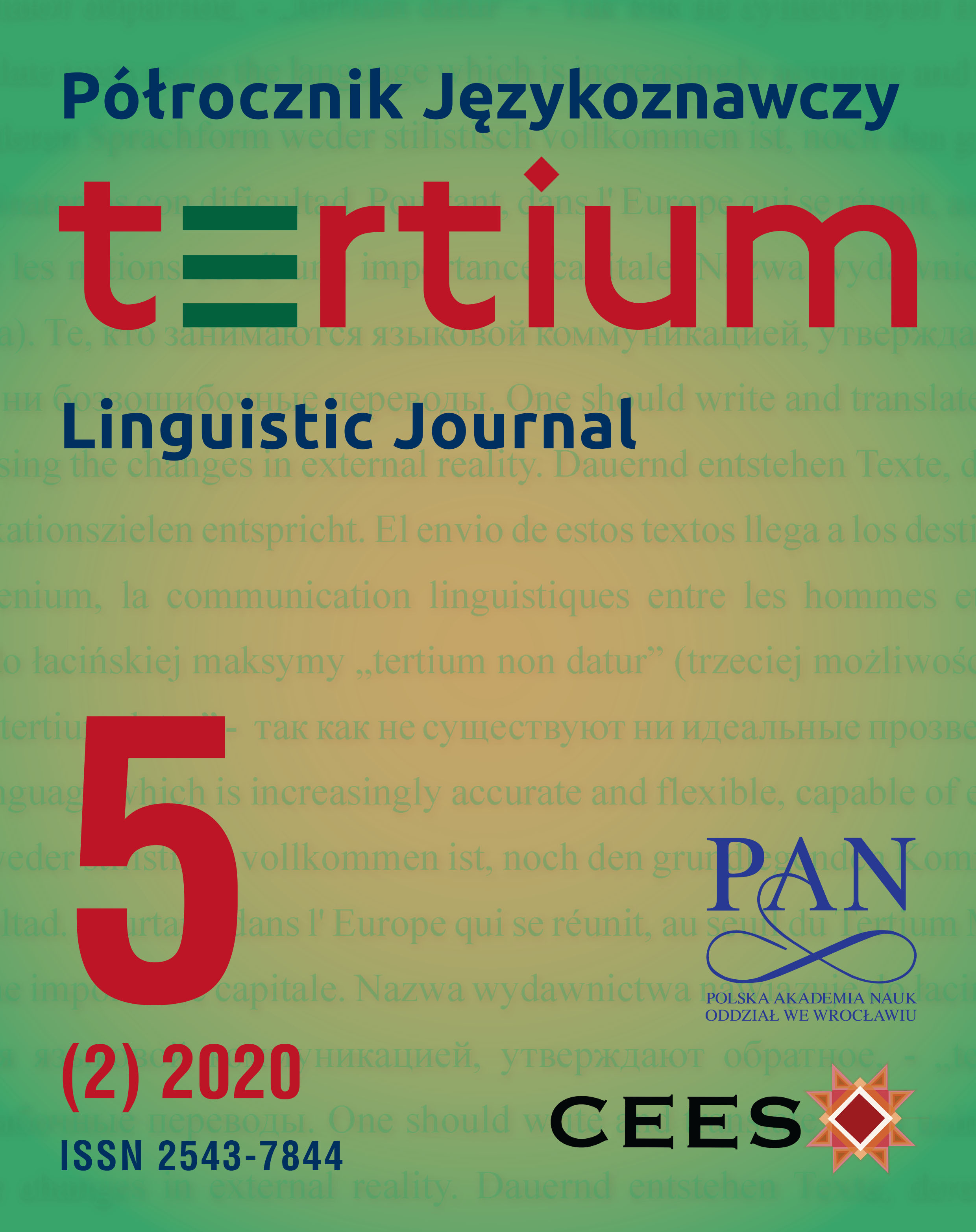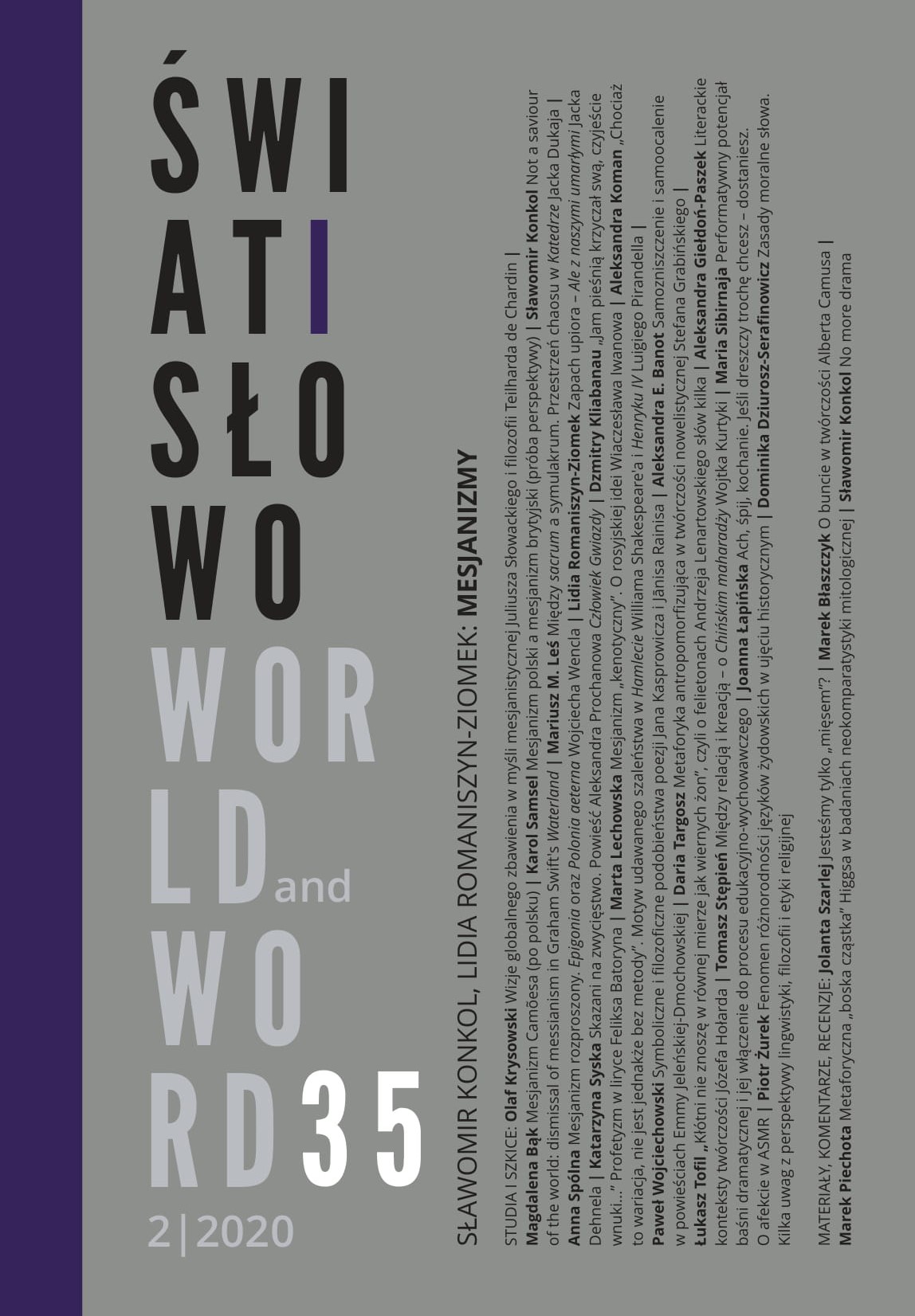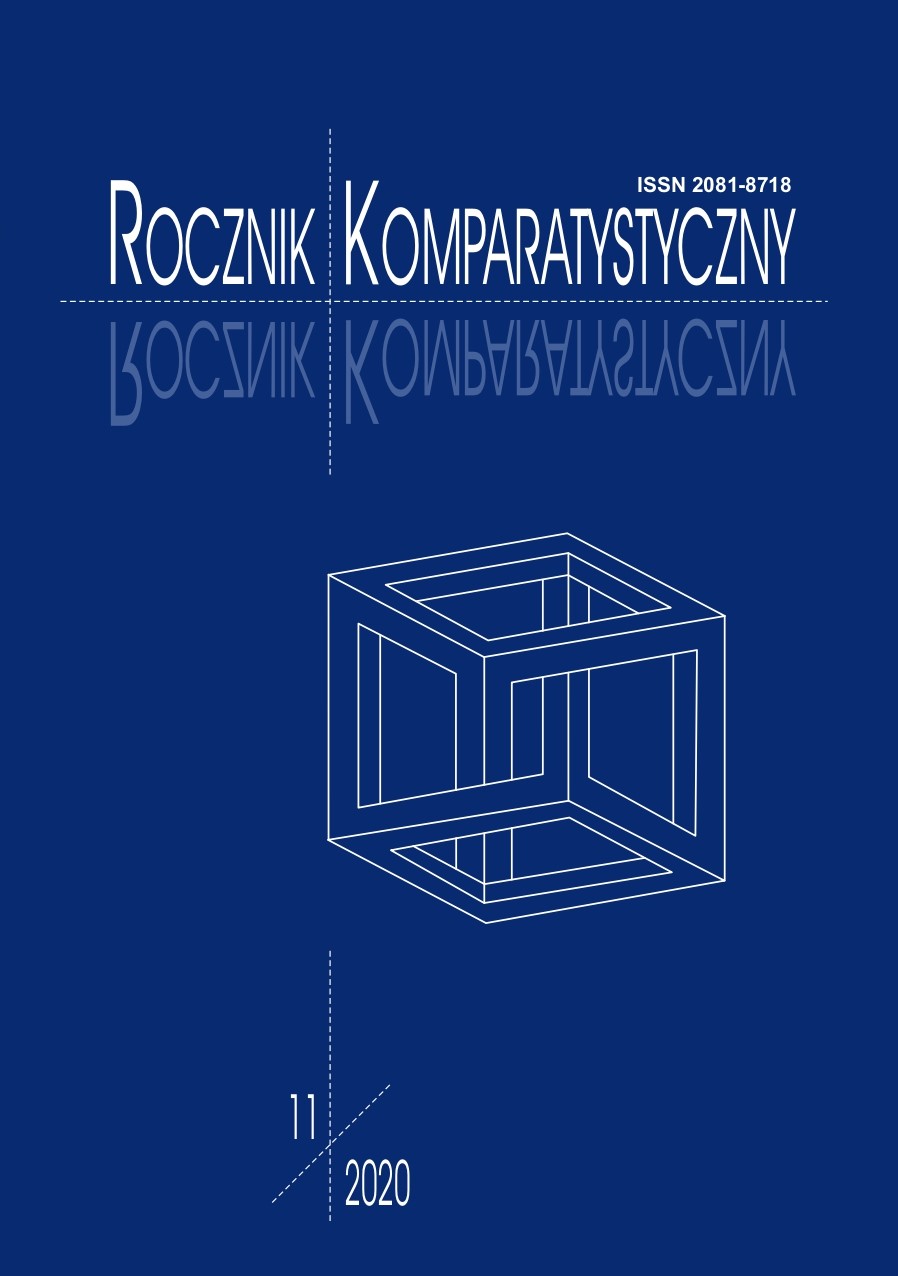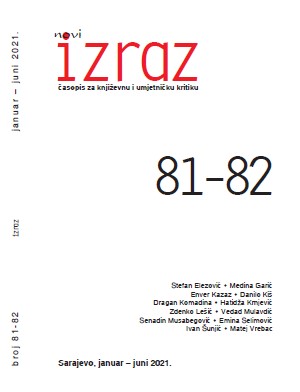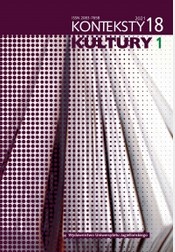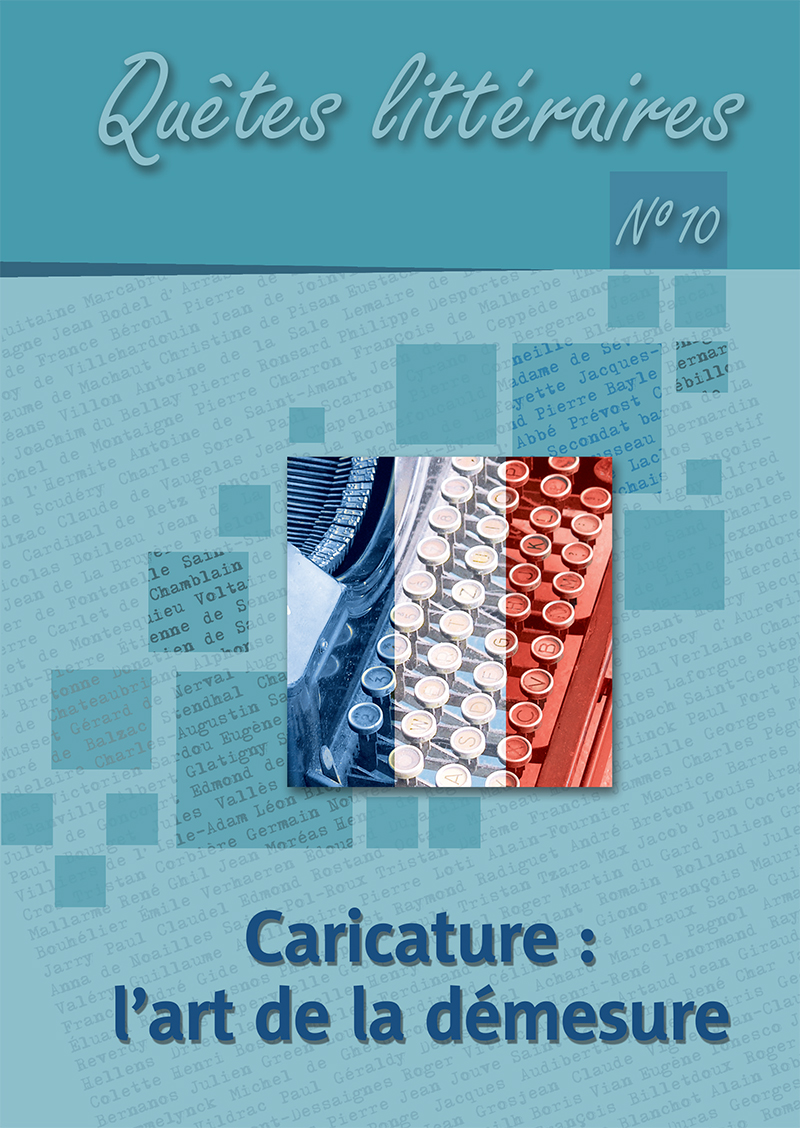
Prendre la grippe comme on prend les eaux : variations caricaturales sur un mal à la mode entre 1830 et 1848
Under the reign of King Louis-Philippe, 1830-1848, France was severely visited by a number of epidemics, namely, influenza, which were regularly reported in the press. Although the effects of such epidemics were methodically undervalued, the flu was frequently caricatured as offering analogies with the political, social and cultural life of the time. It was often endowed with the characteristics of a rational being, she-devil, woman of distinction or termagant of a wife! In 1858, Cham will even call it “the lioness of the day”. The flu will be found congenial with such social assemblies as carnivals or balls, which it either disrupted or embellished. The present paper deals with the satirical purport of the flu, whether underrated or exaggerated, showing at the same time how it became typified as a “mal à la mode” akin to Physiologies, a widely-discussed topic at that time.
More...
